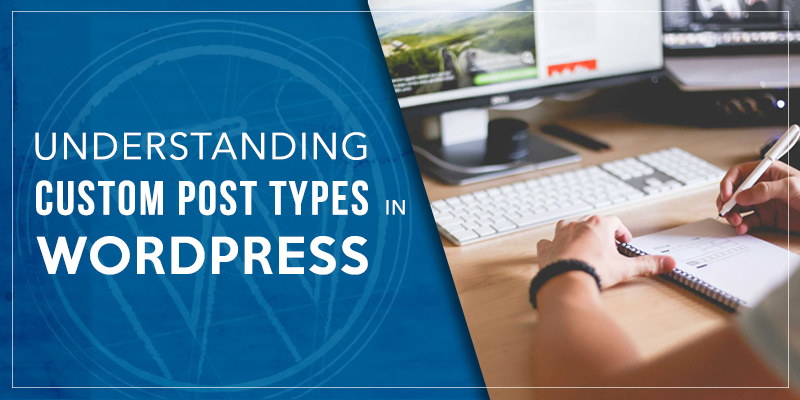
A Guide to Custom Post Types in WordPress
Even today, it is true that most people mistake WordPress for a blogging platform in spite of the fact that WordPress has evolved into a robust CMS in the past few years. It has been gaining a strong foothold as the sites are great for holding varied content. So, you got some pictures or words that you want to show the world? WordPress is one the best tools for your job. By default, the platform comes with posts and pages as its main content types. However, you can easily create your customized content types as per your requirements and this is referred to as the Custom Post Type, a mechanism that allows for the creation of a wide variety of documents.
In this blog, I will discuss with you how this came in and all the various options that this functionality has to offer you.
What is Custom Post Type in WP?
Custom Post Types abbreviated as CPTs have been around for a very long time since 2005 when WordPress 1.5 added support for the static pages. It is the means by which you can get a post or page like interface for any type of content that you desire. It doesn’t matter what you call a CPT that you create or the purpose you use it for. They are simply a way to separate and even categorize your content within the WordPress. It enables the users to easily segment content into different areas of the admin panel and offers unique sets of data per data type. CPTs help to create an easy to use entry system for the users that is augmented by unique and specific templates for presenting the data to website visitors.
Why / when should you use Custom Post Types in WordPress websites?
Custom post types can help the users in various situations depending on the type of content that you want to publish on your site. A new custom post is often a good idea when you want to start publishing something that requires you to keep apart from the posts and pages. In certain situations, you will want to create something that is different from posts or pages, like forms. It is here, that you will need to use CPTs. Another place where you will need it is when you have created a deeply nested hierarchy in your default Pages content type so that you can get the kind of permalinks that you want.
How can you understand when you need a custom post type or a Taxonomy?
You can easily add any type of content in your WordPress posts and easily sort them with tags and categories. But at times, this is not ideal. Here are some signs that will help you to identify when you should consider creating a custom post type of a taxonomy or even both:
- Some of your content that you would post, simply doesn’t look or even feel like a post, e.g. blogging coupons.
- Tags and categories don’t help you to sort or group specific type of content.
- You are in need of some additional fields to enter more information related to your content
- When your content cannot be part of your pages, for e.g. a blueprint page many have simply a page with several sub-pages.
- Your content does not need to be part of the chronological series of entries.
- You have to display specific content that is different from the posts or pages.
Lets’ understand this through an example. Suppose you run a blogging site where you publish movie reviews on a regular basis and all your reviews are very well received by your viewers. You are looking to add some extra features to the reviews like; make it searchable by actor names, ratings and etc. This is where you will have to create a custom post type and have to use custom taxonomy for sorting between actors and genres.
How can you get custom post types?
Once your new content type is identified on your WordPress site, here are various ways to create them. We can break them down in three basic ways:
Using a Plugin that already has functionalities:
Plugins help to create your own CPTs and a plugin like WooCommerce can help you create a new custom post type called products. This type of plugins houses some custom functionality like content editor, featured images and etc. They also offer taxonomies like product category.
User interface based plugins:
There are plugins that lets you set up your own CPTs without even writing any codes. These plugins help to create CPTs in the admin area of the site by simply filling out a form. This is especially useful if you are facing any problems as a user and don’t want to write any PHP codes. The plugins help to create a new set of options for your WordPress dashboard that enable you to create these new content by simply typing the name and clicking on a few options.
Create a customized plugins depending on your content type:
A customized plugin is set up to meet your specific content needs and is a program or a set of one or even more functions. Written in the PHP scripting language, such highly scalable and robust plugins allow the users to easily publish the web content and enhance the efficiency of your website.
“In a nutshell, CPTs are important and powerful features that can take your WordPress “blog software” to a full CMS. Whether you are using WooCommerce, Pods or custom plugins, it makes your site better when it has them.”